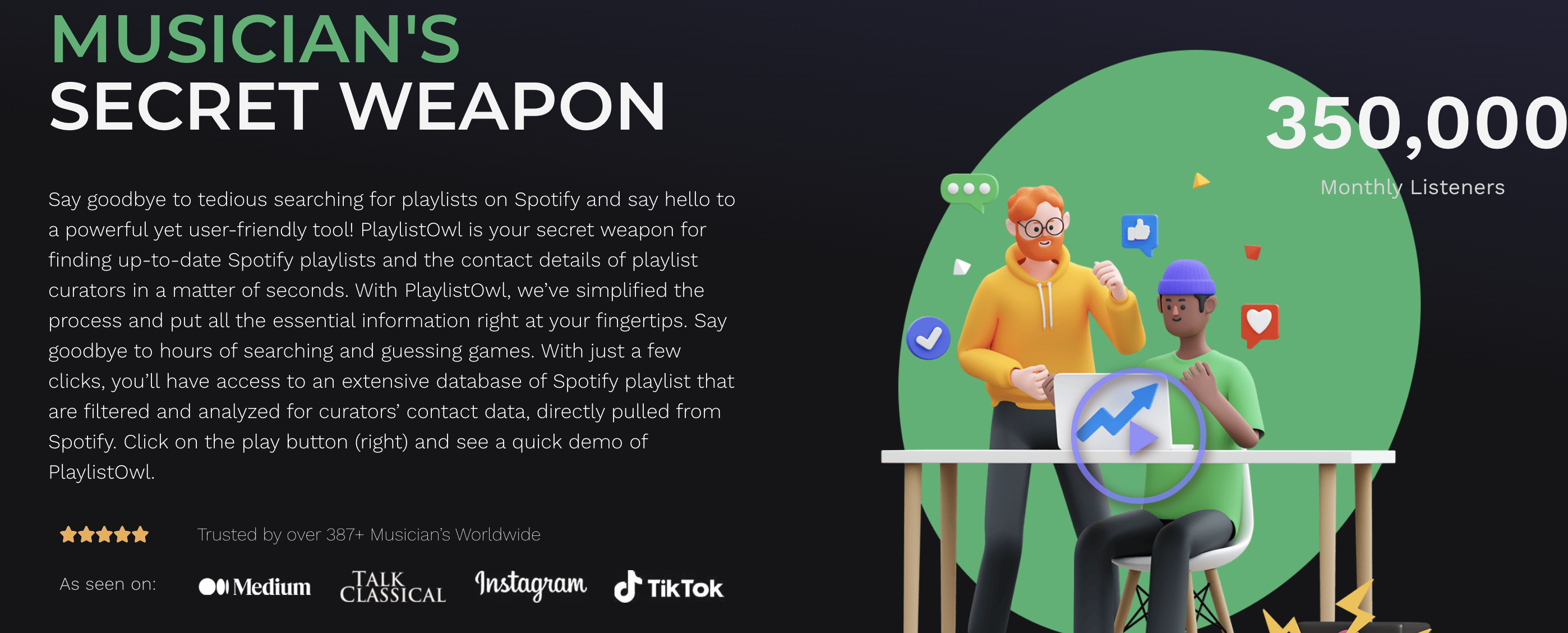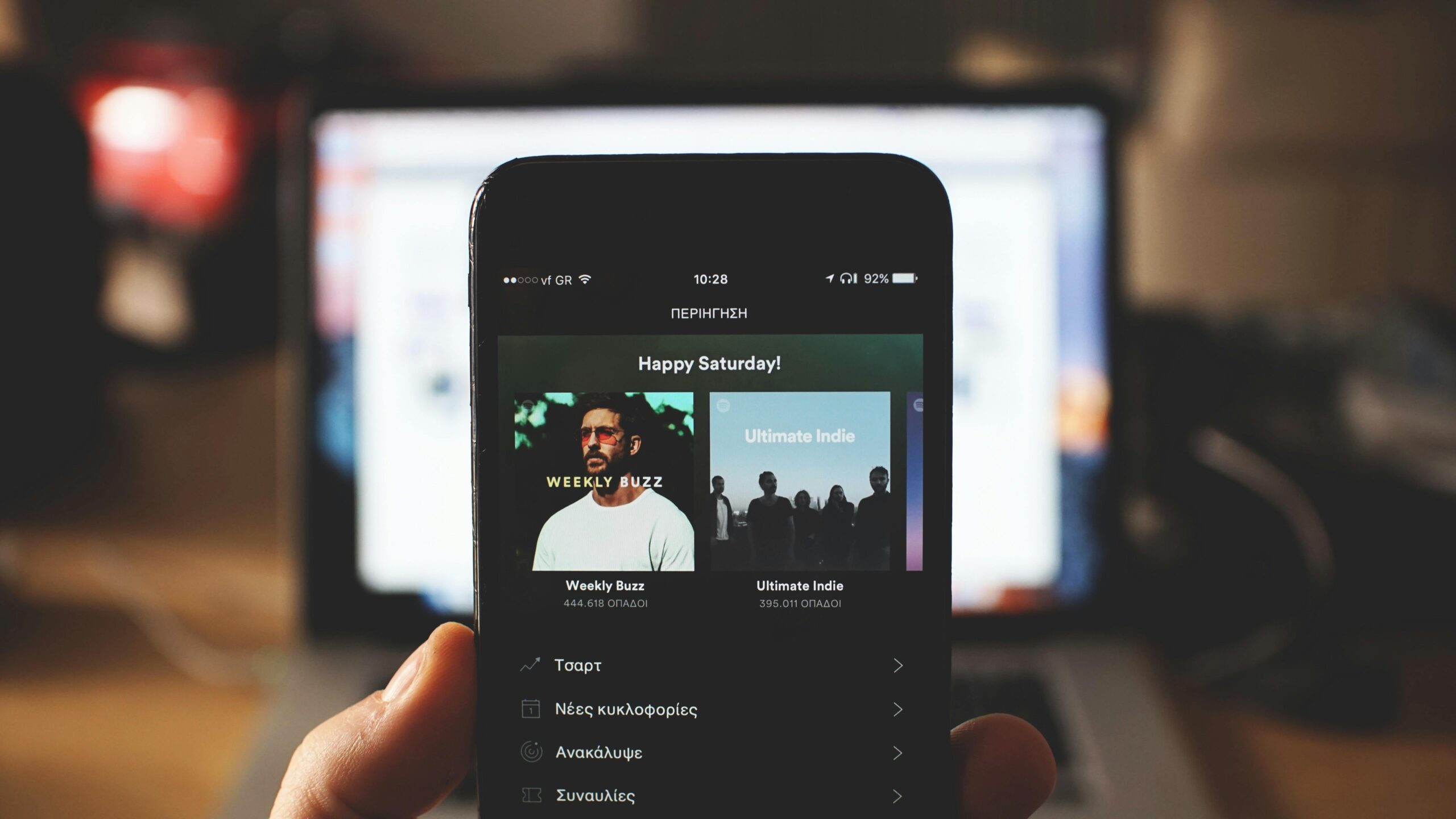In the ever-evolving world of the music industry, independent artists face the constant challenge of getting their songs noticed. With thousands of tracks released daily, it’s easy for your music to get lost in the shuffle. However, there is one key to unlocking massive exposure: playlists. From Spotify and Apple Music to YouTube and even niche, genre-based platforms, playlists have become the gateway to music discovery. They can propel a song from obscurity to viral fame in just days. So, how can independent musicians harness the power of playlists to boost their visibility and grow their fanbase?
Why Playlists Matter for Independent Artists
First, let’s explore why playlists have such a significant impact. In the age of digital music consumption, listeners often turn to playlists for a curated music experience. These collections introduce listeners to new tracks and keep them engaged. Getting your song placed on a popular playlist exposes you to a broad, often global, audience. Additionally, playlist features frequently translate to more streams, better algorithmic recommendations, and a larger fanbase.
According to recent data, songs that make it onto prominent playlists can see exponential growth. Placement on a major streaming platform’s playlist can generate millions of streams and spark organic growth as fans share and engage with the music. For independent artists, this can be a career-changing opportunity.

Types of Playlists You Should Target
Understanding the different types of playlists is crucial for devising your strategy. Generally, playlists can be broken down into three categories:
Editorial Playlists: These are curated by the editorial teams of streaming platforms like Spotify, Apple Music, and Amazon Music. Examples include “RapCaviar” and “Today’s Top Hits.” Landing a spot on one of these playlists can skyrocket your streams, but competition is fierce, and these placements are highly selective.
Algorithmic Playlists: These are generated by streaming platforms based on user listening behavior. Examples include “Discover Weekly” on Spotify or “Release Radar.” While you can’t pitch directly to algorithmic playlists, understanding how they work can help optimize your chances of being featured. Consistent streaming activity and listener engagement are key factors.
User-Curated Playlists: These playlists are created by regular users, influencers, brands, or music enthusiasts. While they may not have the same reach as editorial playlists, many user-curated lists have thousands or millions of followers. Getting featured here is more achievable and can still drive significant traction.
An easy-to-use tool like PlaylistOwl will help you search and pitch to thousands of user-curated playlist owners on Spotify. The search results include important metrics like follower counts, play counts, and like counts, as well as the curator’s contact details.
How to Increase Your Chances of Getting on Playlists
Now that you understand the types of playlists, let’s dive into strategies to increase your chances of getting your music placed.
1. Create High-Quality Music
Before you even think about getting onto playlists, your music has to be top-notch. Make sure your songs are well-produced, mixed, and mastered. Playlist curators are inundated with new music daily, so only the best make the cut. Invest in quality production, and don’t rush the release process. Remember, a well-crafted song stands out and is more likely to be added to a playlist.
2. Release Music Strategically
Timing is everything. If you’re targeting editorial playlists, know that these curators often plan their playlists weeks in advance. Aim to submit your music for playlist consideration at least a month before your release date. Platforms like Spotify for Artists allow you to pitch unreleased music directly for editorial consideration, so take advantage of this feature.
Additionally, consider releasing music consistently to stay on the radar of both curators and algorithms. Frequent releases keep listeners engaged and can lead to more algorithmic playlist placements over time.
3. Pitch to Independent Curators
While landing a spot on an editorial playlist is every artist’s dream, don’t underestimate the power of independent curators. Many of them run influential playlists that can give your music substantial exposure. A tool like PlaylistOwl will search the best independent curators on Spotify in seconds, saving you lots of time and energy.
You can also find independent curators on platforms like SubmitHub, Playlist Push, and even through direct outreach on social media. When pitching, personalize your message and explain why your song fits their playlist. Avoid sending generic or mass messages—curators appreciate artists who take the time to understand their playlist’s vibe.
4. Optimize Your Artist Profile
Your artist profile on streaming platforms is like your digital business card. Make sure it’s complete and engaging. Include a professional photo, a compelling bio, and links to your social media. Platforms like Spotify for Artists allow you to update your profile, pin a featured song, and even add a “fan-first” message. A polished profile increases your credibility and appeal to playlist curators.
5. Engage Your Fans
Engagement matters. Encourage your fans to follow your artist profile and save your songs. The more engagement your music receives, the more likely it is to catch the attention of algorithms and curators. You can create buzz around your releases by sharing teasers, hosting Q&A sessions, or even running contests on social media. Remember, a loyal fanbase that actively engages with your music can help propel you onto sought-after playlists.
6. Join Music Discovery Sites
The competition on mainstream platforms is fierce. However, smaller sites like Trennz, Bandcamp, Hype Machine, etc. tailored towards independent artists are suitable places to get started. These platforms are usually less competitive and will improve your chances of getting discovered by fans and playlist curators.
Leveraging Data to Improve Your Strategy
Streaming platforms like Spotify for Artists and Apple Music for Artists provide valuable data about your listeners. Analyze which playlists are driving the most streams and what type of listeners are engaging with your music. This information can help you refine your pitching strategy and target the right playlists in the future.
If you notice a surge in streams from a particular country or region, consider focusing your efforts there. Additionally, track your song’s performance on algorithmic playlists and use the insights to tweak your marketing campaigns.

Collaborate with Other Artists
Collaboration can also open doors to playlist placements. When you work with other musicians, you increase your chances of reaching a wider audience and landing on more playlists. Cross-promote your collaboration to both fanbases, and you might catch the eye of curators who are always on the lookout for fresh and interesting music.
Final Thoughts: The Long Game
Securing playlist placements can take time, but persistence and consistency pay off. Focus on creating great music, building genuine connections, and using the data available to you. Remember, every stream and every playlist feature is a step closer to establishing your presence in the music world. Playlists are powerful, but they’re just one part of a comprehensive music marketing strategy. Keep pushing, keep creating, and the streams will come.
By focusing on the right playlists and optimizing your approach, you’ll set yourself up for long-term success as an independent artist. Happy playlist pitching!




Comment